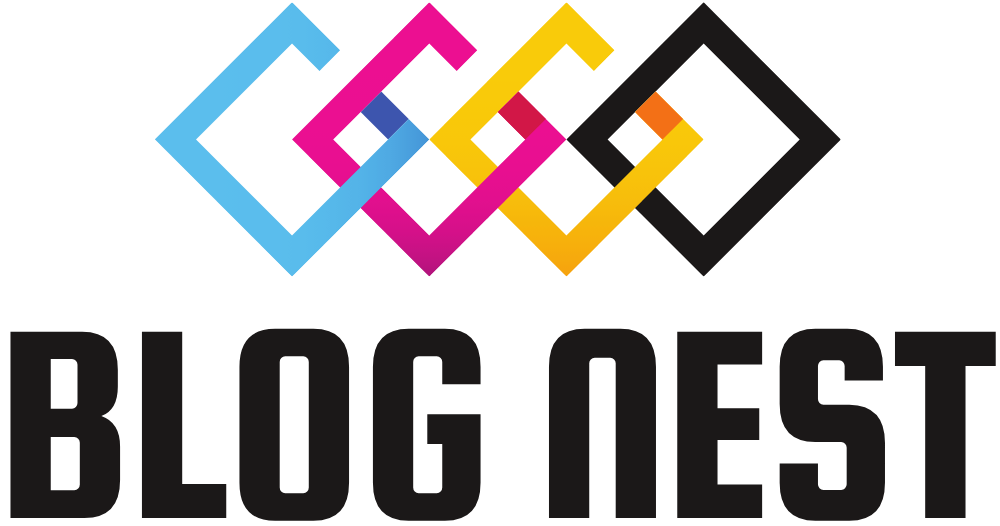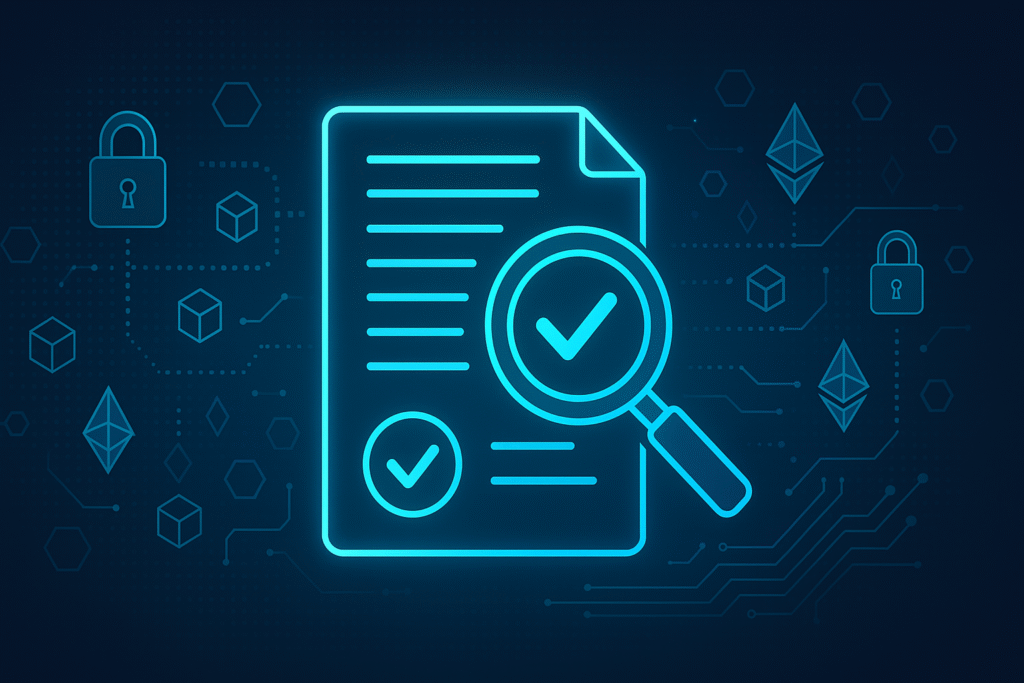As decentralized applications (dApps), DeFi protocols, and tokenized ecosystems gain momentum, smart contracts have become the backbone of blockchain innovation. But with every line of immutable code deployed on-chain, the risks of bugs, exploits, and inefficiencies grow substantially. That’s where smart contract audits come in—not just as a security checklist, but as a foundational layer of trust, performance, and sustainability.
In this deep dive, we’ll explore how automated tools, manual reviews, and gas optimization play crucial roles in the audit lifecycle. Whether you’re launching a token, building a DeFi protocol, or deploying an enterprise-grade blockchain app, this guide will walk you through the full audit stack—beyond surface-level checklists.
Understanding the Smart Contract Audit Process
Before diving into tools and techniques, it’s essential to grasp the purpose of a smart contract audit. A smart contract audit is a systematic examination of a blockchain-based application’s source code to identify vulnerabilities, inefficiencies, and logic flaws. Unlike traditional app security, smart contract bugs are public, permanent, and exploitable in real-time.
Auditors not only search for security vulnerabilities like reentrancy or integer overflow but also analyze economic vulnerabilities, such as manipulation of tokenomics, price oracles, and gas incentives. Additionally, performance and gas cost optimization are becoming standard components of modern audit workflows.
Step One: Automated Tools for Fast Vulnerability Detection
The first layer of a smart contract audit often involves automated scanning tools. These tools run the contract code against a database of known vulnerabilities and misbehavior patterns. While they don’t replace human insight, they’re incredibly useful for:
1. Identifying Common Vulnerabilities at Scale
Tools like MythX, Slither, Oyente, and Securify scan for known issues including:
Reentrancy vulnerabilities
Integer overflows/underflows
Unchecked external calls
Access control weaknesses
Unused variables and functions
These tools can process thousands of lines of Solidity code within seconds, generating alerts that help auditors triage issues early.
2. Running Static and Dynamic Analysis
Static Analysis checks code for bugs without executing it.
Dynamic Analysis runs the contract in a sandboxed environment to observe how it behaves under different conditions.
Both types of analysis reveal edge cases, infinite loops, and memory inefficiencies that manual reviews might miss at first glance.
3. Detecting Gas-Related Inefficiencies
Some automated tools like Gas Reporter (Hardhat) also flag gas-intensive functions. These insights help dev teams reduce transaction costs and improve on-chain performance, which is critical in high-frequency DeFi protocols.
However, automation alone isn’t enough. Let’s look at the deeper manual layer next.
Step Two: Manual Reviews for Business Logic & Complex Exploits
While automated tools handle pattern matching and obvious flaws, the core value of a smart contract audit lies in manual code review. This is where experienced blockchain security engineers step in to evaluate things machines can’t understand: the intention, logic, and flow of the code.
1. Business Logic Verification
One of the biggest risks in smart contracts isn’t an obvious bug—it’s when the code doesn’t do what the founders think it does. Manual reviewers analyze:
Whether the tokenomics are implemented correctly
If vesting schedules, staking rewards, and liquidity locks are functioning as described
How funds move during edge-case transactions, such as emergency withdrawals
This layer ensures that the economic and functional goals of the project align with the code itself.
2. Advanced Threat Modeling
Attackers often exploit logic flaws that don’t appear in any vulnerability database. Manual reviewers simulate:
Flash loan exploits
Oracle manipulation attacks
Economic incentive abuses (e.g., farming more rewards than intended)
Auditors may use formal verification, simulate market conditions, or write custom scripts to validate assumptions.
3. Reviewing Inheritance and Modifier Behavior
Smart contracts often inherit from multiple libraries (e.g., OpenZeppelin). Manual auditors ensure that:
Function modifiers don’t override intended behaviors
Upgrades (via proxy patterns) don’t introduce side-effects
Constructors, initializers, and fallback functions are secure and fail-safe
Even subtle issues in inheritance hierarchies can open the door to severe vulnerabilities.
Step Three: Gas Optimization – Performance Meets Cost-Efficiency
Beyond security, gas optimization has become a key priority for dApp and protocol developers. Gas is the computational fee paid for Ethereum (and other EVM-compatible chains) to execute smart contracts. Inefficient contracts can be prohibitively expensive for users and unsustainable for platforms.
1. Identifying Gas Bottlenecks
Auditors look for:
Loops with high iteration counts
Unbounded arrays
Duplicate storage reads/writes
Excessive state changes in a single function
By identifying these hotspots, they help developers minimize transaction costs and improve UX, especially in protocols with frequent interactions (like AMMs, staking vaults, or NFTs).
2. Suggesting Efficient Data Structures
Smart contract optimization sometimes involves:
Switching from arrays to mappings
Reducing the number of storage variables
Using immutable or constant variables wherever possible
Even a single change in storage architecture can cut gas fees significantly, giving your protocol a performance edge.
3. Prioritizing Batch Operations
Functions that execute multiple state changes at once (batching) reduce gas costs and network congestion. Auditors assess whether batch-friendly logic can be safely introduced without security trade-offs.
Why This Multi-Layered Audit Approach Matters
Security audits that only rely on automation miss the bigger picture. Likewise, audits that ignore performance or economic logic leave your project vulnerable in different ways. By combining automated scans, expert manual reviews, and gas optimization strategies, projects can:
Reduce vulnerability exposure by over 90%
Build user trust through transparent reporting
Save thousands in long-term gas costs
Pass listings on major exchanges and aggregators more easily
Avoid loss of funds and reputational damage
In the current climate of frequent DeFi hacks and protocol exploits, audits are no longer a checkbox—they’re a non-negotiable pillar of blockchain development.
Real-World Examples: Audit Failures That Cost Millions
To understand the stakes, look no further than:
The DAO Hack (2016): Exploited a reentrancy bug, costing $60M.
bZx Exploit (2020): Failed oracle logic and improper flash loan handling.
Cream Finance (2021): $130M drained via flash loan abuse.
In all of these, a thorough manual audit or advanced modeling could’ve prevented disaster. It’s not just about code—it’s about foresight.
Why Choose a Full-Stack Audit Partner
If you’re launching a token, NFT platform, DeFi protocol, or enterprise-grade smart contract, choosing an audit partner with:
In-house security researchers
Access to proprietary tools
Experience across multiple chains
Post-audit support and re-audit cycles
…can be the difference between a trusted project and a failed launch.
Firms like Blockchain App Factory, for example, offer end-to-end smart contract auditing, combining automation with deep manual logic analysis and gas benchmarking. They bring experience from hundreds of Web3 deployments and apply it across EVM, Solana, Polkadot, and more.
Final Thoughts: Audits Are More Than Just Fixing Bugs
A smart contract audit is more than a code review—it’s an investment in your project’s longevity, credibility, and sustainability. By addressing vulnerabilities through automated tools, analyzing business logic through manual reviews, and improving efficiency through gas optimization, you position your product to scale safely in a highly competitive environment.
In a blockchain ecosystem where one vulnerability can destroy everything, a smart contract audit is your most strategic layer of defense—and your strongest signal of trust.







